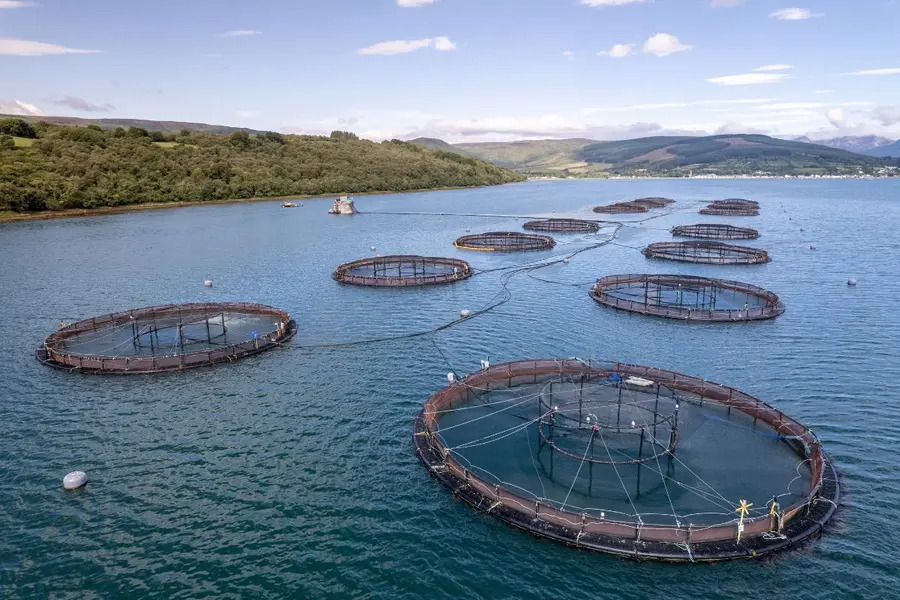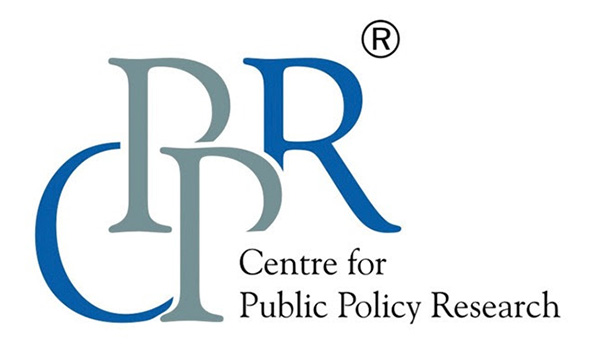Articles
Unshackling Kerala’s Waters: Reviving Pokkali, Kaipad and Inland Fisheries for a Blue Future
On World Fisheries Day 2025, the challenges faced by Kerala’s fisheries sector come to the forefront as strict rules hinder inland fisheries and aquaculture, despite the state’s vast water resources.

As World Fisheries Day 2025 is celebrated globally today, the 21st of November, Kerala stands at a crossroads, reflecting on the weakening state of its fisheries sector, even after proudly receiving the Best Marine State Award in 2024 from the Union Ministry of Fisheries, Animal Husbandry, and Dairying. According to the International Collective in Support of Fishworkers (ICSF), the state is currently able to meet only 60% of its own fish demand, highlighting a widening gap between consumption and local production. Adding to the concern, projections by the Central Marine Fisheries Research Institute (CMFRI) indicate that if this trajectory continues, Kerala may be forced to source nearly half (i.e., 50%) of its fish requirements from other states by 2035, underscoring the need for immediate and sustained intervention.
To address this widening supply–demand gap, Kerala must look inward by harnessing the vast potential of inland fisheries and aquaculture, as recommended by the Kerala University of Fisheries and Ocean Studies. This shift becomes even more compelling in light of the Food and Agriculture Organization (FAO) of the United Nations 2019 findings that overfished marine stocks have risen by 34.5%, stressing the urgency to ease pressure on marine ecosystems. While the marine sector remains vital to building a strong blue economy, the contributions of inland fisheries and aquaculture are equally indispensable.
The Fisheries Handbook of 2021 illustrates that Andhra Pradesh leads India’s fisheries sector primarily through its inland resources, with 87% of its total fish production (48.13 lakh tonnes) coming from inland fisheries. Kerala, by comparison, derives only 27% of its fish production from inland sources. This disparity persists despite Kerala possessing 427.46 thousand hectares of inland water resources, which is significantly more than Andhra’s 283.6 thousand hectares. Yet Andhra Pradesh produced 42.19 lakh tonnes of inland fish, while Kerala managed only 2.25 lakh tonnes in 2021–2022—underscoring how much potential remains unrealized.
A closer look at Kerala’s 2.25 lakh tonnes of inland fish production reveals another critical issue: only 15% comes from cultured fisheries, while a staggering 85% is derived from capture fisheries. Unlike Andhra Pradesh, where ponds, reservoirs, brackish waters, groundwater, and even paddy fields are widely used for large-scale, export-oriented aquaculture through companies and cooperatives, Kerala has been slow to adopt such practices. The success of coastal Andhra is built on simple and enabling regulations, whereas Kerala’s stringent regulatory framework often discourages fishermen and farmers from pursuing full-time aquaculture.
For example, the existing Kerala Inland Fisheries and Aquaculture Act of 2010 introduced licensing requirements for fisheries operations in public and private ponds, water channels, and brackish water areas. Further, its 2021 amendment, which restructured Section 5 and added Subsection 11, inadvertently created additional hurdles for paddy farmers by seeking a license for filtration. While Section 3 of the Kerala Paddy and Wetland Conservation Act of 2008 allows intermediate fishing in paddy fields, the filtration license has affected the possibility of scaling up filtration-based aquaculture (Cheemeen kettu). As a result, many integrated paddy farmers switch to other intermediate crops such as yams, even though aquaculture could yield significantly higher returns, according to the farmers of Kerala Independent Farmers’ Association (KIFA).
These restrictions have also contributed to the decline of Kerala’s traditional integrated farming systems, namely Pokkali and Kaipad. These systems once demonstrated how paddy, prawns (chemmeen), and ducks could coexist naturally, maintaining ecological balance while supporting local livelihoods. For generations, farmers followed a simple 60:40 rhythm between paddy and aquaculture, which has sustained both people and the land. Today, that balance is fading. Pokkali farmers struggle to market their unique rice and face tedious bureaucratic processes to obtain licences for filtration, even while practicing traditional catch fisheries.
The involvement of multiple agencies, namely the Padasekhara Samithi, Panchayats, Krishi Bhavans, and Fisheries Departments, together with the unpredictability of climate, has made integrated paddy fish cultivation increasingly unviable. In Kerala, the cost-benefit ratio of paddy farming is 1.31, which is much lower for niche varieties like Pokkali. In this scenario, cultivating Pokkali without fish culture does not justify the toil, time, and energy farmers put into navigating between these intermediaries and regulations. As a result, many farmers are abandoning their fields, leaving them fallow or seeking exemption to convert them under Section 27A of the 2018 Amendment of the Paddy and Wetland Conservation Act, thereby collapsing the rural economy built around agriculture.
Currently, the Kerala aquaculture sector represents a wider paradox: a state with natural endowments but cuffed by its own regulations and administrative bottlenecks. Kerala needs to reconsider its land-use and licensing regulations in light of fairness and sustainability. Paddy fields and wetlands must be preserved, but not at the cost of stagnant economic growth. If Kerala aligns its administrative policy with the ideals of the Blue Revolution in India—by strengthening its inland fisheries and aquaculture—it can once again become a leader of fisheries (like in 1992-1993). Fallow paddy fields in Kerala can provide an opportunity for aquaculture growth, which in turn can ensure improved livelihoods and a sustainable future—one in which the state’s waters support its people and economy by converting fallow lands into aquaculture zones.
The article was originally published in Mathrubhumi English.
Shobha Vasan is an Associate, Research & Projects, at the Centre for Public Policy Research (CPPR), Kochi, Kerala, India.
Views expressed by the authors are personal and need not reflect or represent the views of the Centre for Public Policy Research (CPPR).

Shobha Vasan is an economics researcher with a strong academic foundation and hands-on experience in agricultural and development economics. She holds a Master’s degree in Economics from the University of Hyderabad and a Bachelor’s degree from St. Thomas College, Thrissur.
Shobha actively contributes to academic and policy discourse through publications and volunteer initiatives. Her areas of interest include agricultural economics, development economics, labour economics, political economy, and public finance.


